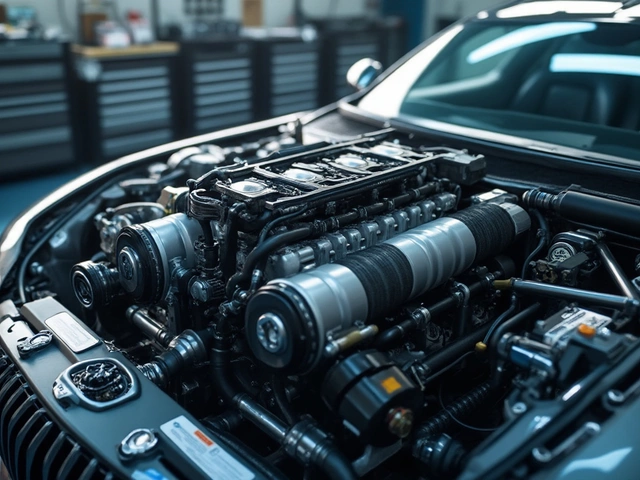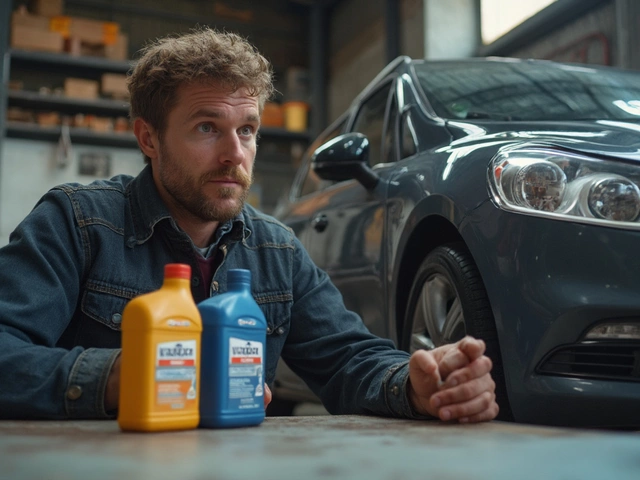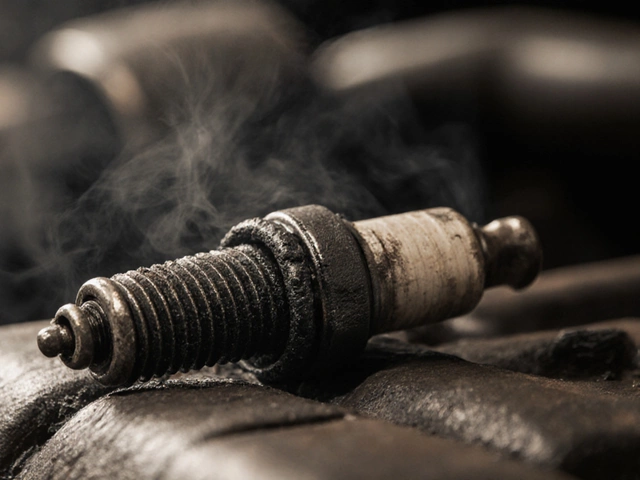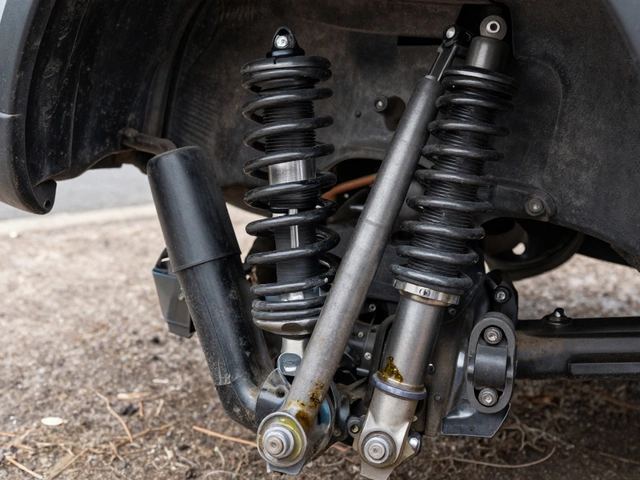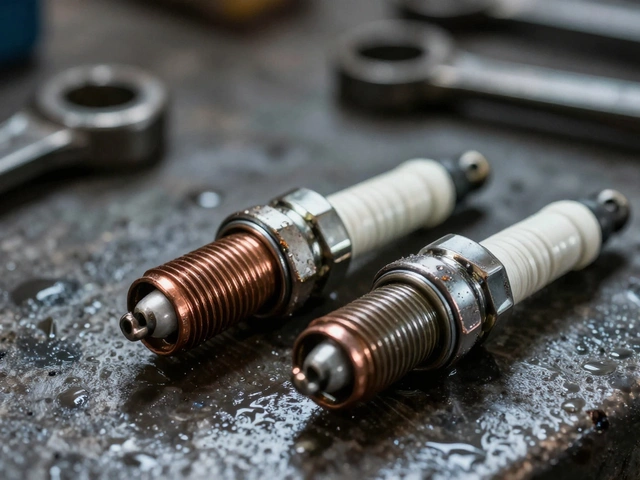Car radiators don’t come with an expiration date branded on the side, but most of us expect a radiator to put up with a lot of punishment and keep going, mile after mile. Yet, that magic number–how many miles will your radiator last?–is a question that matters whether you’re babying a new sports car or squeezing the last miles from a trusty old hatchback. It’s not just trivia, either. The answer can save your wallet and possibly your engine.
What Is a Radiator and Why Its Lifespan Matters
A car radiator is the linchpin of your engine’s cooling system. Its main job: absorb heat from your engine coolant and let that heat escape into the air. If it quits, your engine will burn up faster than your phone battery at a music festival. But radiators are a blend of tough and fragile. Aluminum and plastic rule most models now, and both have quirks—aluminum resists rust but can crack, while plastic hates high heat and pressure.
I’ve heard folks say, “If my radiator gets me past 150,000 miles, I’m set for life.” That’s wishful thinking. According to data from radiator manufacturers like Denso and Nissens, most radiators in everyday vehicles usually last between 100,000 and 150,000 miles. Some outliers reach 200,000 miles, especially if you baby them with religious coolant flushes and clean driving habits. A friend of mine drove his ’99 Accord close to 220,000 miles before the radiator gave up. But I’ve also helped Amelia’s car limp home after a radiator blew apart just shy of 85,000 miles on a rough Chicago commute. It’s not the same for every car.
Why does the lifespan gap exist? Factors like city driving versus open freeway, towing, turbo engines, and even climate all matter. Stop-start city driving heats things up way more than easy highways. Towing or hauling heavy loads can cut radiator life in half because the cooling system works overtime. Salt on winter roads likes to chew up lower radiator seams too, especially on plastic/aluminum combos. And if you haven’t changed your coolant in years? The insides might be corroding already.
Mileage Ranges: How Long Your Radiator Might Really Last
If you polled a hundred drivers outside an auto parts store, you’d get a hundred different stories. But here’s the reality for how long a car radiator may last when measured by mileage—and why. I dug into recent surveys by CarMD and consumer data from repair shops for these ranges.
- 80,000-100,000 miles: Many OEM (original equipment) radiators start to show signs of leaking, clogging, or weakened fittings right around this mark, especially in smaller cars or harsh climates. Mechanics see a big chunk of their radiator jobs in this bracket. City cars and models with cheap plastic tanks are most at risk here.
- 100,000-150,000 miles: This is the zone for the majority of radiators, especially ones on sedans, small SUVs, and minivans with decent maintenance. Assiduous owners who flush coolant every 50,000 miles (and don’t skimp on repairs) often see radiators last through this range without major hiccups.
- 150,000-200,000+ miles: It’s rare air up here. Mostly, this group includes larger trucks and some old-school radiators with copper cores. DIYers with spotless maintenance logs can push the limit, but even they admit to replacing a cracked tank, a corroded pipe, or a gunked-up core by the 200k mark.
I get it—you want specifics, not averages. Your car’s radiator could go sooner if you deal with rough roads, extreme weather, or ignore easy maintenance. Skip a flush, and debris just sits in the core like cholesterol. Letting leaks fester can turn a coolant drip into a head gasket nightmare.

What Causes a Radiator to Fail Before Its Time?
You could have the world’s strongest radiator, but a few common mistakes or unlucky problems will kill it long before its supposed ‘lifespan.’ You see the aftermath in repair shops: engines run hot, coolant drips on driveways, and panicked owners on tow trucks. So what’s really behind radiator failure?
- Corrosion: This is the big one. Most radiators fail due to internal rusting caused by old or poorly mixed coolant. In one study published by the Society of Automotive Engineers, corrosion accounted for up to 40% of all radiator breakdowns in North America. Tap water in the coolant system, mixing wrong antifreeze types, or just skipping flushes fast-forward the rust process.
- Physical Damage: Flying rocks, curb bumps, and accidents crack tanks or pierce cores. I’ll never forget Jareth’s look of horror when his soccer ball nailed the grille and popped a big dent in my Silverado’s radiator. Tiny leaks pop up after these hits and sometimes go unnoticed until real trouble starts.
- Clogging: Dust, dirt, and hard minerals build up inside after years of driving. A clogged radiator can’t cool efficiently, and engines overheat more on hills or under loads. Using stop-leak products? They’re a short-term fix, not a cure. Long-term, they gum up the works.
- Faulty Pressure: The radiator cap holds pressure in the system. If it goes bad, the system boils at lower temps, stressing the radiator—a cycle that causes tiny cracks or ruptures. A failing thermostat can overheat the engine and push the radiator too hard, too.
- Electrolysis: Ever heard of stray current? A weak ground somewhere in your electrical system can actually eat away at the metal in your radiator through a process called electrolysis. Modern cars with lots of electronics are at greater risk. It sounds sci-fi, but it’s real.
It’s worth noting what doesn’t usually kill radiators: age alone. According to radiator specialist Mark Overbye, "Mileage is a fair estimate, but heat cycles and maintenance matter just as much. A five-year-old radiator with neglected coolant won’t outlast a ten-year-old one with perfect care."
How to Spot Early Signs of Radiator Trouble
The good news? Radiators rarely fail overnight. Most show warning signs before giving up. Miss these, and you’ll be in for a bigger repair bill down the road. So, what should you look out for? Even if you’re not a gearhead, you can spot many of these issues.
Common signs your radiator might be failing:
- Coolant puddles beneath the car after it sits overnight. Coolant is usually neon green, orange, or pink, depending on the type.
- Engine running hotter than normal, especially when idling (the temp gauge creeping over halfway is never a good sign).
- A sweet, almost maple syrup smell coming from the engine bay—classic coolant scent.
- White, gunky deposits inside the radiator filler neck or visible on hoses and pipes.
- Low coolant light keeps turning on, or you’re topping up antifreeze more than usual.
- The car’s heater not working right, which can be a symptom of a partially clogged radiator.
- Visible cracks in plastic tanks, split seams, or bulging pipes near the radiator.
If you spot any of these, get things checked out fast. I once ignored a faint coolant smell on my commute, only to find I’d fried a cylinder head by the week’s end. Not all leaks start dramatic, but all of them end up hurting your engine and wallet if left alone. Running the heater full-blast in summer might help in a pinch if you notice overheating, but that’s not a fix.
Regular checks do plenty to head off disaster. I pop the hood once a month and peek for coolant level changes or weird gunk near the cap. No need for fancy tools—just a sharp eye and maybe a flashlight. “Modern radiators are more fragile due to lightweight builds, so visual inspection and regular coolant checks are crucial,” notes
John Gardner, Lead Instructor at OTC Automotive Program.

How to Make Your Radiator Last as Long as Possible
Here’s the part you probably came for: actionable steps to squeeze the most life and mileage out of your radiator. Even if you don’t love wrenching, a few simple habits and checks can keep your car running cooler, longer.
- Flush Your Coolant: Replace coolant every 2-5 years or 30,000-50,000 miles. Use the manufacturer’s recommended type. Don’t top off with water, especially hard tap water.
- Inspect for Leaks and Cracks: Look over the radiator and hoses for signs of wetness, rust, or white crust. Catching a leak early can prevent a meltdown.
- Keep the Fins Clean: Bugs, leaves, and dirt block air flow. A gentle spray with a hose once in a while keeps the radiator breathing easy.
- Check Your Radiator Cap: If the cap’s seal is worn or cracked, pressure drops, and cooling suffers. Replace the cap if it’s old or the rubber gasket looks suspect.
- Be Gentle on Hot Engines: Don’t shut off after heavy driving—let the engine idle a minute to circulate coolant and avoid heat soak.
- Fix Electrical Issues: Strange electrical problems or warning lights? Get grounds checked. Stray current can lead to metal erosion inside your radiator (electrolysis again).
- Swap Out Bad Thermostats: If the heater goes cold while the engine’s hot, the thermostat could be stuck. Replacing it on time saves the radiator from extra stress.
- Replace When Ready: If your radiator is pushing past 150,000 miles and you see cracks or persistent leaks, replacement beats emergency towing every time.
The bottom line? There’s no solid "expiration mileage" for a radiator, but with decent care, most hold out for 100,000-150,000 miles—sometimes a lot more. High heat, skipped flushes, and curb hits can chop that down by years and thousands of miles. If you keep an eye (and sometimes a nose) out for the warning signs, and stay on top of basic maintenance, your radiator will likely retire on your terms—not at the most inconvenient spot imaginable. After all, who wants to call a tow truck, especially with a cranky kid in the backseat and groceries melting fast?

